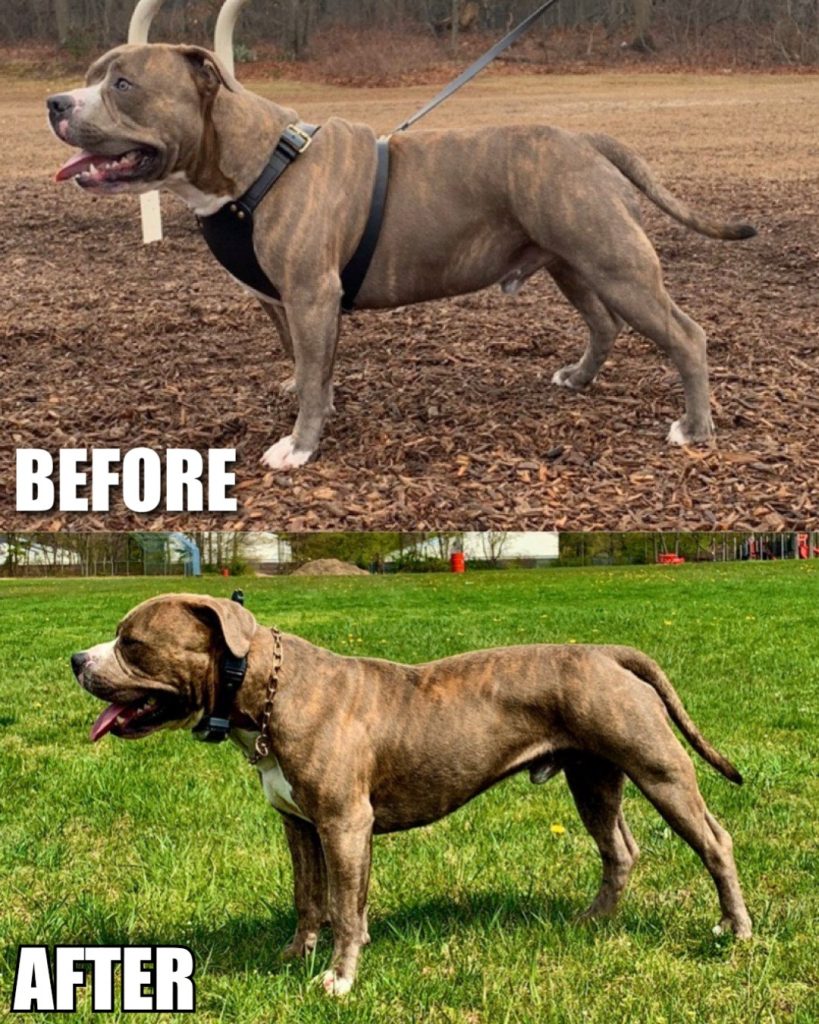
‘Aerobic’ and ‘anaerobic’ are terms used to describe how the cells within your dogs body produce energy and refer to energy systems. But what is the difference?
Every movement your dog makes requires energy to be created and there are three main ways that this is done, one with oxygen and two without oxygen.
Aerobic means ‘with air’ and refers to your dogs body producing energy with the use of oxygen. This involves any exercise that lasts longer than two minutes in duration. Continuous ‘steady state’ exercise is performed aerobically.
Examples include:
- Long distances Dog Walks
- Long Distances Runs / Jogs
- Long distance, light weight dragging
- Slatmill Conditioning
- Games of Fetch
Anaerobic means ‘without air’ and refers to dogs body producing energy without oxygen. This is exercise that is performed at a higher intensity. There are two ways that the body can produce energy anaerobically.
Energy bursts and slow release
One anaerobic energy system is known as the ATP-CP system and provides immediate energy for instant bursts of exercise such as for a sprint, heavy weight pull or jump and can last from 0 – 10 seconds.
The other anaerobic system, known as the lactic acid system, provides energy for very hard efforts lasting roughly 10 – 120 seconds such as a longer distance sprint, flirt pole or a games of fetch.

What are the two training types good for?
Aerobic training is good for building endurance and improving your dogs cardiovascular and respiratory system. This means that their heart and lungs become stronger and more efficient, enabling them to train harder and longer as their fitness levels improve.

Anaerobic training is performed at a harder intensity than aerobic exercise and is an effective way of improving your dogs lean muscle mass, increasing strength and burning fat.
Was article helpful? Let us know by dropping a comment below!
Keep Them FIT!
FITDOG NATION
